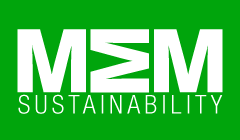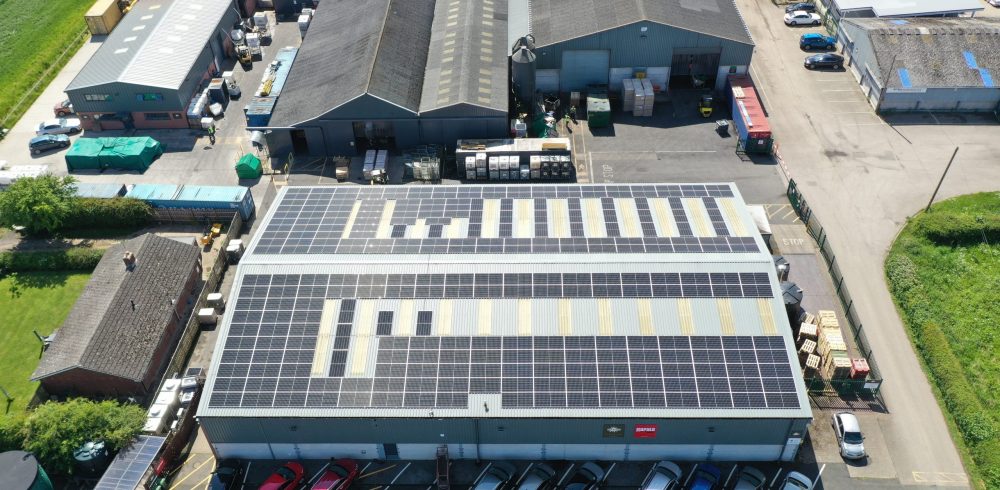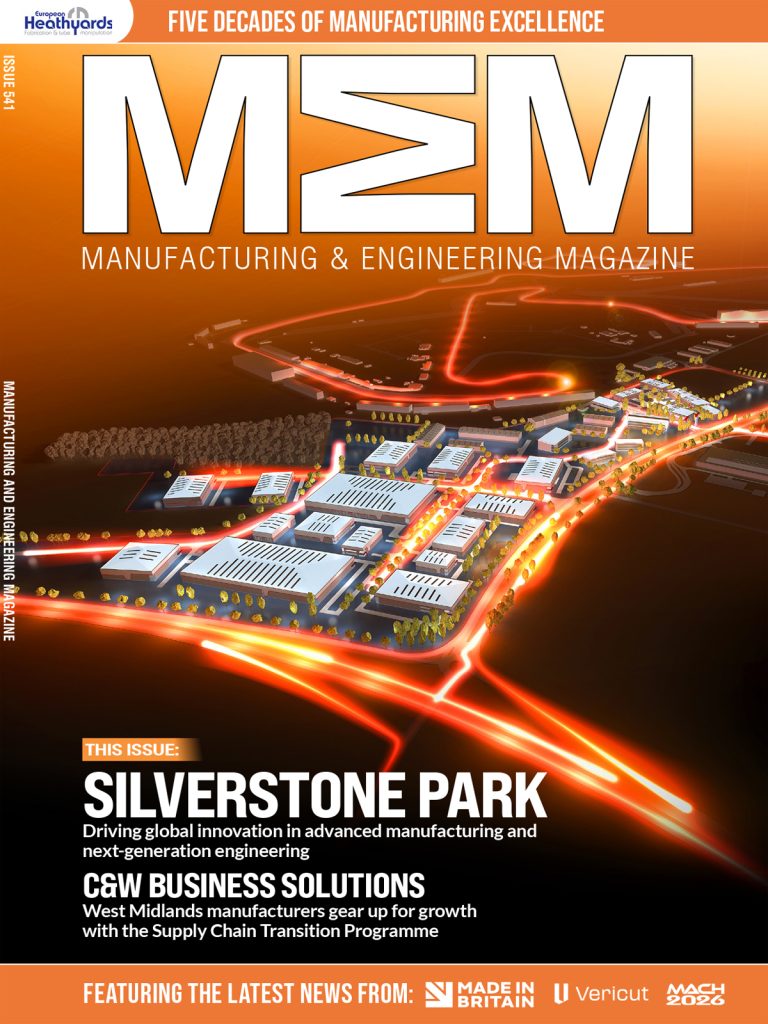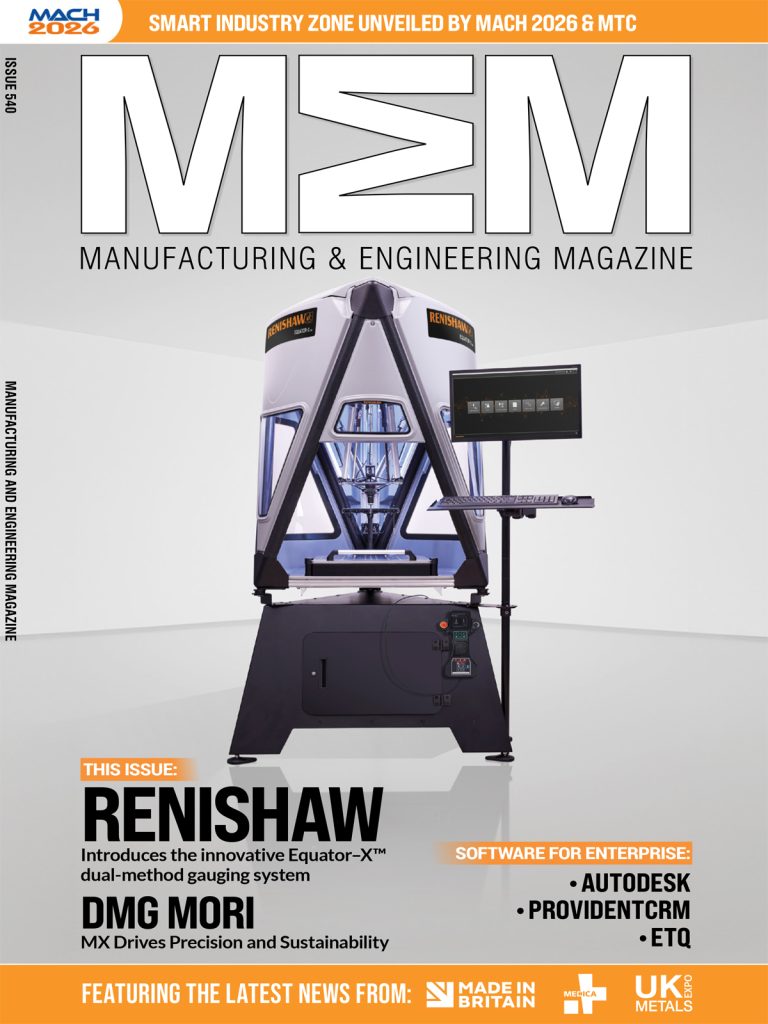For manufacturers, the shift to green energy is no longer optional, it’s becoming a strategic priority. In fact, 2024 was the first year that renewables generated a greater share of the UK’s electricity than fossil fuels, a clear signal that change is not only coming, but already here.
From retail to automotive or tech, the biggest names in manufacturing are already leveraging solar to power their operations, meet ESG requirements, and offset rising operational costs.
High energy demands and large stretches of unused roof space make a strong case for manufacturers to convert to solar, offering greater energy independence and a reduction in energy bills by as much as 70%.
The solar landscape is evolving dramatically between the drive toward net zero and constant technological advancements. Improvements in solar efficiency, new battery storage solutions, and the rise of AI, are all among the emerging trends set to positively impact the manufacturing sector this year and bolster a green transition across the industry.
- Advances in solar technology
Cell technology, materials, design, and manufacturing processes have come a long way in recent years, significantly improving panel efficiency. From textured cells to indoor panels, there are many innovative solutions currently being tested by companies globally.
Advancements in technology and manufacturing have made today’s solar panels up to 25 times more efficient than early models. As a result, they now generate significantly more clean energy from the same amount of sunlight and roof space.
“Increased solar panel efficiency means we now have even smaller solar systems with more output per square metre,” says James Cunningham, Managing Director of Geo Green Power.
“Businesses can more easily scale up and meet their energy requirements by generating more power in the same footprint. As fewer panels are needed, less space is required for installations, making more properties suitable and reducing installation time.”
Coupled with increased demand, these developments have driven solar costs down by almost 90% in the past decade (Our World in Data, 2024).
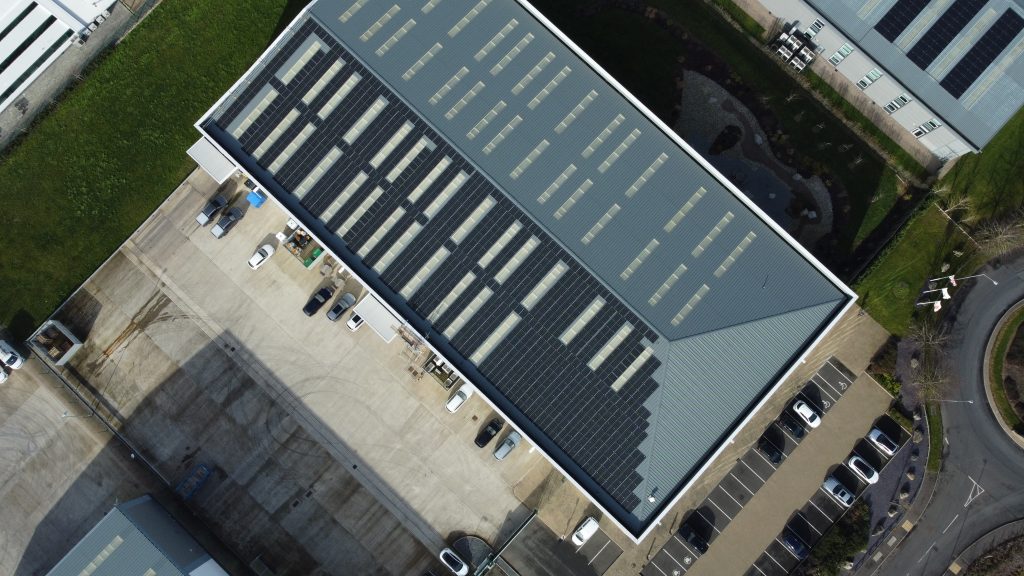
- Improved sustainability in production and recycling
Advances in technology and materials are also further improving the efficiency and sustainability of solar manufacturing itself, creating a more circular economy for the industry.
Following a period of mass production and widespread adoption, attention has now turned to the environmental challenges posed by solar panels at the end of their lifespan.
New technologies and specialised facilities have already contributed to advancements in panel design, and now these same cutting-edge principles are being applied to reduce waste, boost resource efficiency, and support a regenerative cycle of production and recycling.
At the end of a solar panel’s life, recycling centres are becoming more capable of recovering silicon and other valuable materials, while minimising waste and harmful emissions.
As awareness and demand grow, more companies are entering this space and developing innovative solutions, an area expected to see significant growth in the coming years.
Given the sector’s increased focus on net zero targets and ESG reporting this year, solar being an even more sustainable solution will enhance its role in the decarbonisation of the manufacturing industry.
- Better energy-storage solutions
This rising demand for battery storage is driving rapid innovation in new types of batteries and integrated systems, offering more dynamic options for manufacturers.
We’re already seeing the development of larger-capacity containers with high-density battery cells that store more energy per unit, allowing for greater storage within a smaller footprint and optimising land and space use.
Emerging technologies such as Compressed Air Energy Storage (CAES) and solid-state batteries have made notable progress, representing a major leap forward in energy storage with the potential to transform a range of sectors, including manufacturing.
Looking ahead, 2025 promises further advancements in how energy is stored and deployed where it’s needed most.
“Many of our commercial installs are now paired with battery systems, which can be tailored to cater for different energy requirements,” explains Cunningham.
Storing the excess energy produced at peak generation times allows you to make the most of the energy you generate on-site, as well as providing a reliable backup power supply to ensure there are no interruptions to operations.
If you operate on a threshold-based tariff, stored energy could be used to ensure that you never exceed your limit and incur penalty rates. It may even enable you to sell energy back to the grid at peak times to achieve a premium.
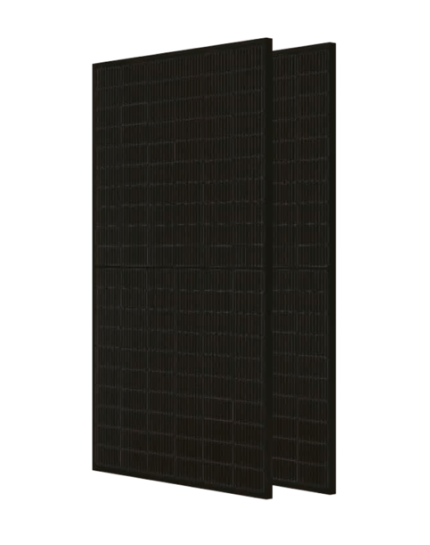
- Increased AI and automation
Advances in AI and automation are revolutionising processes at every level of the supply chain.
In addition to enabling more sustainable production, the development of smart solar technology means panels can now monitor and optimise their own energy output.
Smart energy management systems are increasingly becoming standard in large warehouses and factories, using real-time data to optimise energy storage and distribution. These systems can also include automated features such as panel tilting or self-cleaning.
Many systems are now connected for remote maintenance and enhanced grid management, reducing downtime that could disrupt operations and helping to lower maintenance costs.
- Rise in flexible funding options
While increased manufacturing output and greater demand have led to a significant reduction in the costs of solar, the upfront investment required for an installation remains one of the biggest barriers.
In recent years, flexible funding options such as asset finance, leasing, and Power Purchase Agreements (PPAs) have grown in popularity, offering businesses a way to adopt solar energy without the burden of upfront costs.
“We’re now regularly working with businesses who access different types of finance to help them start benefiting from solar right away, and expect to see this continue into 2025,” says Cunningham.
Under a PPA, a third-party provider installs and maintains the solar system, while the business purchases the generated electricity at a fixed rate, typically lower than grid electricity prices. This can help manufacturers avoid upfront capital investment and also attribute all of the green credentials of having solar to their business operations, such as Scope 2 emissions. For more information on how solar could work for your business, visit: https://www.geogreenpower.com/finance-options-for-solar-projects-commercial-funding-and-solar-business-grants
Manufacturing & Engineering Magazine | The Home of Manufacturing Industry News
